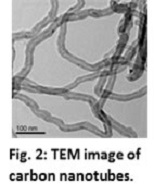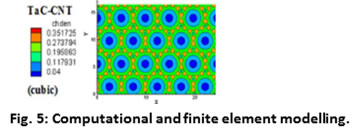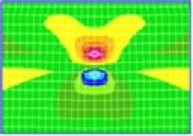Nanomaterials and Nanotechnology
The term "nano" is not new and is just a prefix for 10-9. However, it makes the 'world of materials' highly fascinating when the size of materials starts to reach below 100 nm.
Surprisingly, counter-intuitive phenomena start to occur when the size of material reaches 15-30 nm or below. The manifestations of nano-effect can be as diverse as observation of quantum fluorescence in CdSe depicted by a change in the colour from red to violet as the particle size decreases (Fig. 1), or strengthening of a hitherto brittle ceramic matrix by reinforcement with carbon nanotubes (Fig. 2), or interface engineering to achieve enhanced strength in materials such as metallic glasses (Fig. 3). Often, due to size constraints, one needs to employ specialized techniques to characterize the structure and properties of nanomaterials requiring use of sophisticated characterization tools such as high resolution scanning and transmission electron microscopy, atomic force and scanning tunneling microscopy, nano-indentation and nano-manipulation. Experimental techniques are often complemented by computational methods such as density functional theory or molecular dynamics simulations to evolve a comprehensive understanding.






